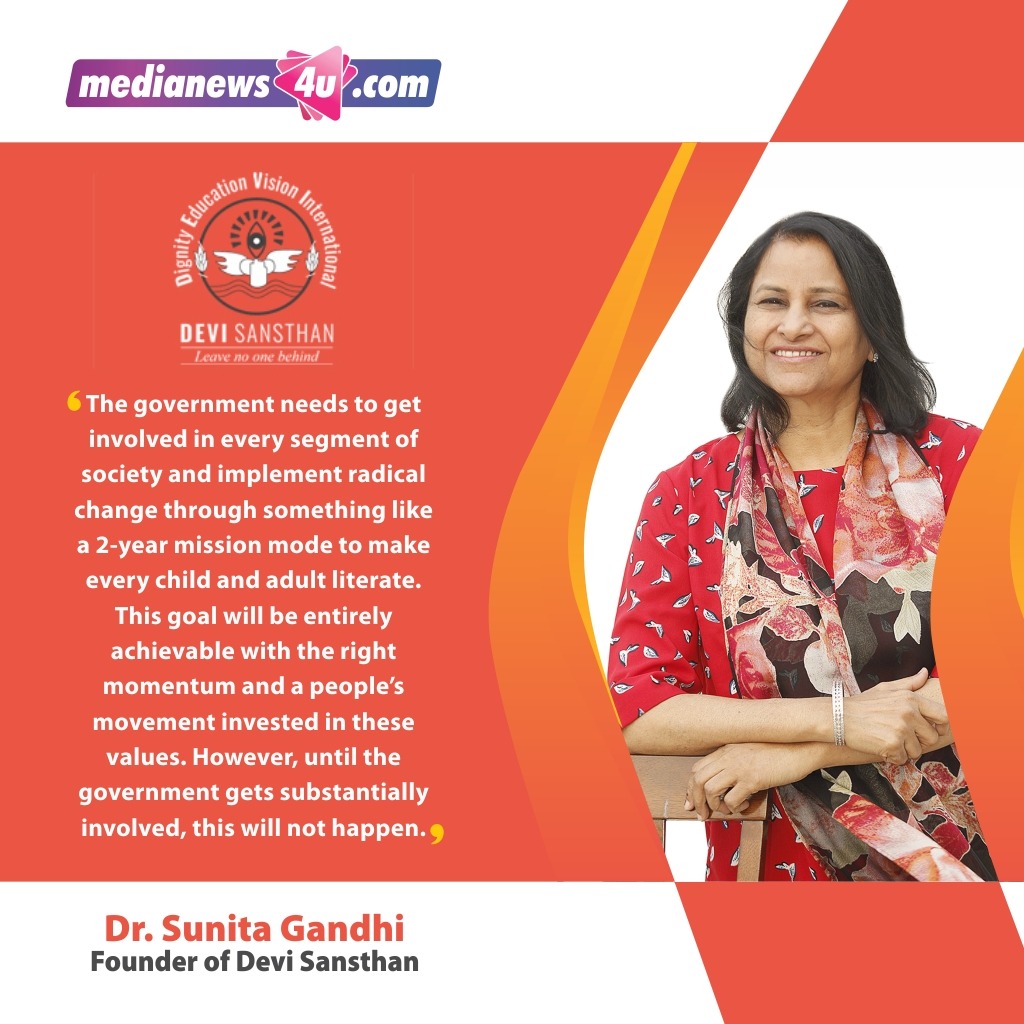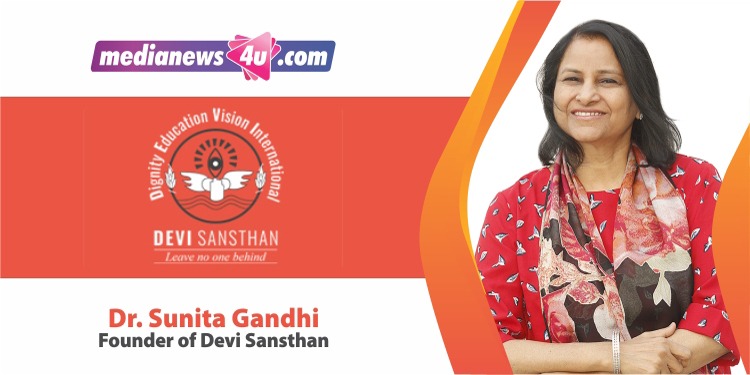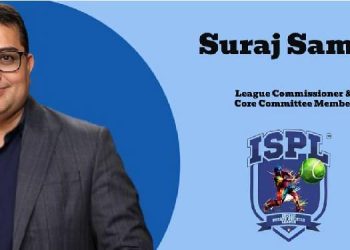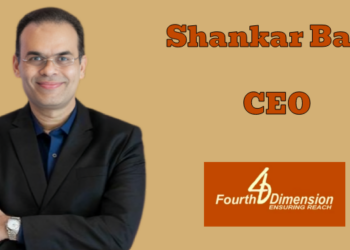Global Dream Shala is an initiative by Dr. Sunita Gandhi that is a disruptive change in India’s literacy and education sector. The Global Dream project is one of those fortunate projects, launched by a thought-provoking educationist, Sunita Gandhi, who has been continuously experimenting with ways to improve literacy and numeracy in India.
Government, private institutions and woke citizens of the country have always been at the forefront of change, from economic to social to public welfare. While most initiatives attempted to improve the quality of life of the poor fail, there are some that change the course of the entire community. In India, particularly, with the help of Right to Education legislation and many other national programs, we have been successful in reaching near-universal enrolment of around 97% (Aser 2018). However, about half of the students in grade 5 (aged 10-11 years) are unable to read a grade 2 level text (age 7-8 level) even after 5 years of traditional classroom experience. 1 out of 4 children in India complete elementary education, without having minimum proficiency levels in basic reading and math. 54.8% of Indian children are learning poor (10-year old who cannot read and understand a simple story), according to a 2017 World Bank estimate. Another area of concern is the rate at which the number of out-of-school children is increasing. Those without access to learning make a serious case for a more evolved and inclusive education program.
What makes the project unique is its ability to literate 10x faster than another traditional curriculum. It works on a simple algorithm: It takes about 300 hours in hither to existing adult literacy programs, or three to five years of school for a beginner to become proficient in reading and writing. With the help of the toolkit, the process can be 10x faster, with materials that are transferable, and published in English and 12 other native Indian languages.
We spoke to Dr. Sunita Gandhi, Founder of Devi Sansthan on her latest project, Global Dream, which aims at providing functional literacy to the illiterate masses. The new focus is on improving literacy and numeracy in government schools. The unique Global Dream Toolkits allow a person to become reading capable within 1 to 2 months with just 15-30 minute sessions per day…
How did the thought of Global Dream Shala come about? Can you elaborate on the concept?
Every innovation begins with a need. We identified a need for literacy as far more desirable if people can do it quicker. Through this, we came up with the toolkit and Global Dream Shala.
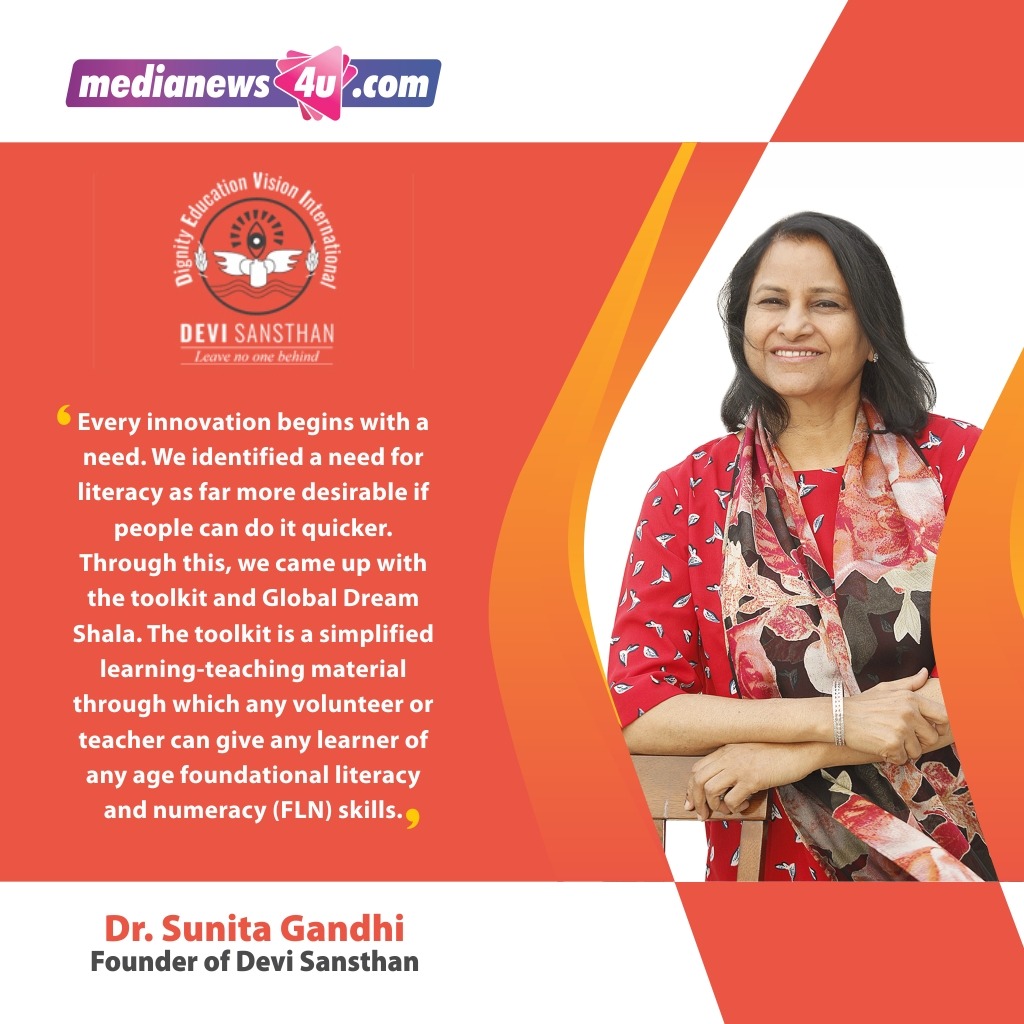
The toolkit is a simplified learning-teaching material through which any volunteer or teacher can give any learner of any age foundational literacy and numeracy (FLN) skills. Using the toolkit only takes 30 hours, which is a huge motivator for many people looking to become foundationally capable.
The Ed Tech industry is poised to become $30 billion in the next 10 years, how are you seeing this growth?
What is important to understand is that the Ed Tech industry is organic, chaotic, and disorganized but is still experiencing linear growth due to the abundance of resources. Whether this growth will see a focus on FLN, only time will tell. It can also aid the government in making FLN the norm, which would be a welcome change.
In the recent past and particularly last year during the pandemic, we saw many Ed-Tech startups. Is this really catering to the right audience or is it just a startup story that we witnessed in the digital space a decade ago?
I do not see many new ideas coming out of the Ed-Tech industry. I wish I could see such novel ideas, but existing apps that are doing lots of rounds amid the pandemic existed even before the pandemic (e.g. Kahoot). Therefore, as far as I am aware, there is nothing new or “hot” that’s come up through the needs created by COVID-19.
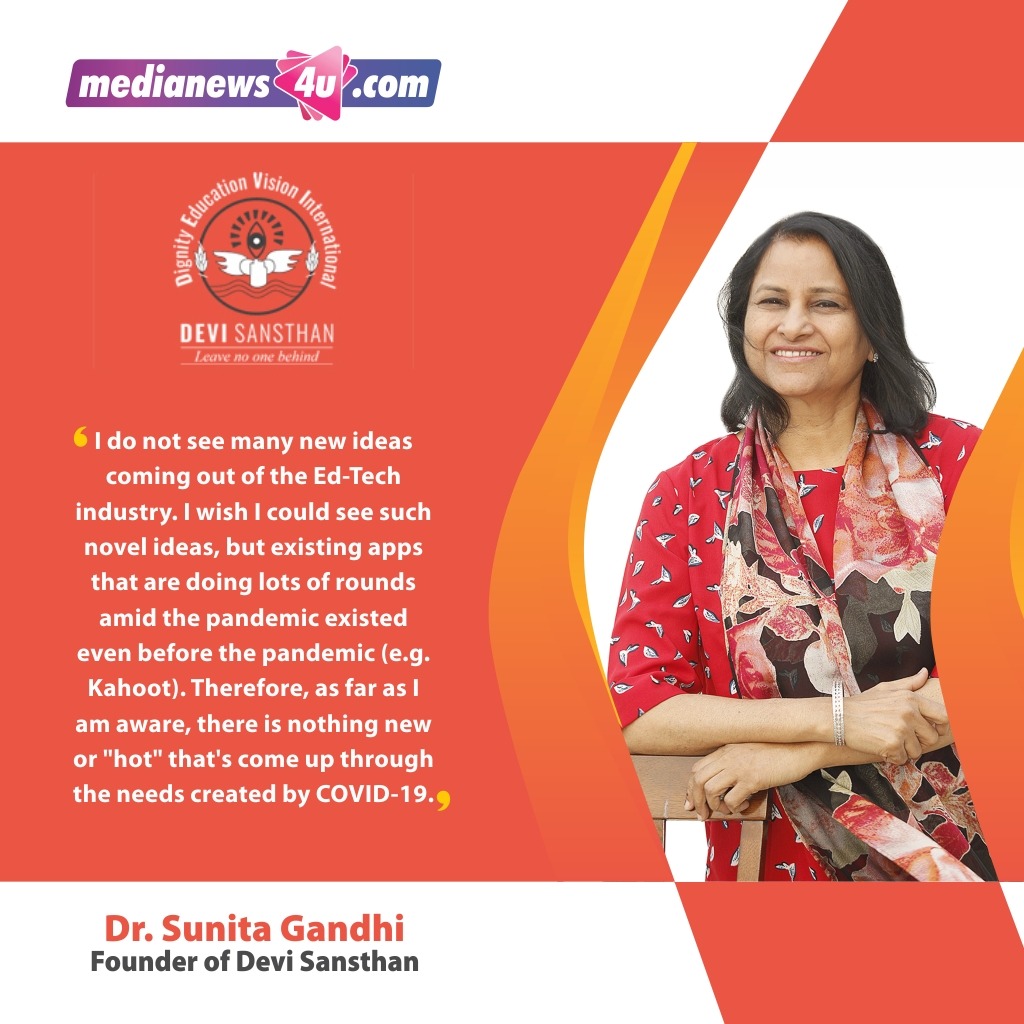
Will the Ed-Tech business address literacy in India?
To address the most crucial need in India, which is afflicting more than 50% of children, Ed-Tech needs to direct its resources towards FLN. 30% of the world’s illiterate population is in India and it would be great if Ed Tech could develop tech-based solutions for this. It is the reason we are in this industry, and I think we will see lots of traction.
Do you feel PadhnaLikhaAbhyan has been marketed well by the government to reach the target audience?
Unfortunately, since Padhna Likhna Abhyan started in September last year amid COVID-19, it is not widespread. However, even if it were widespread, it focuses only on 112 aspirational districts – only 10% of the actual need. The goal under PadhnaLikhnaAbhyan is to make 5.7 million adults literate when the actual need in the country is 287 million. This is a massive discrepancy for the government to address.
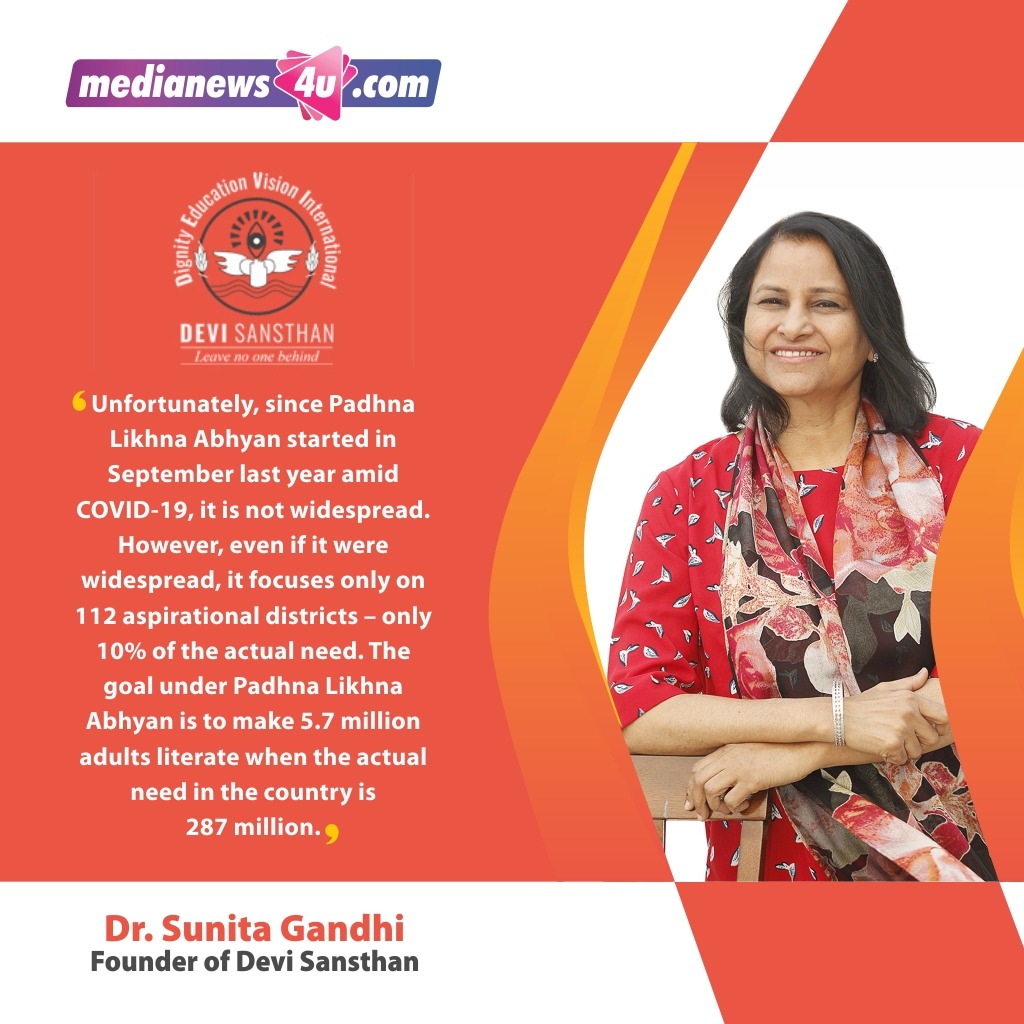
What is your take on the post-COVID education sector and how it should be marketed to reach its goal?
There are three levels of transformation we need to see within the education system in India:
- First, we need to envision disruptive solutions that run counter to existing mechanisms since the existing mechanisms are not fully efficient. However, this will only be possible through a complete people’s movement for such revolutionary change.
- Second, we need novel, revised primers for learning that makes it faster and more desirable. We have tried doing this with our toolkit.
- Third, we need to take full advantage of technology and Ed Tech. Mobile technology, in particular, will allow us to reach every last child and adult in remote corners across the country – something the COVID-19 pandemic also showed us.
None of this will be possible without significant government intervention. Conversations about education and literacy have largely taken a back-seat by our policymakers, which is why we are proposing the next wave in the country be literacy. We need nation-centric policies that can be implemented on a large scale, unlike the PadhnaLikhnaAbhyan.
For this, the government needs to get involved in every segment of society and implement radical change through something like a 2-year mission mode to make every child and adult literate. This goal will be entirely achievable with the right momentum and a people’s movement invested in these values. However, until the government gets substantially involved, this will not happen.
